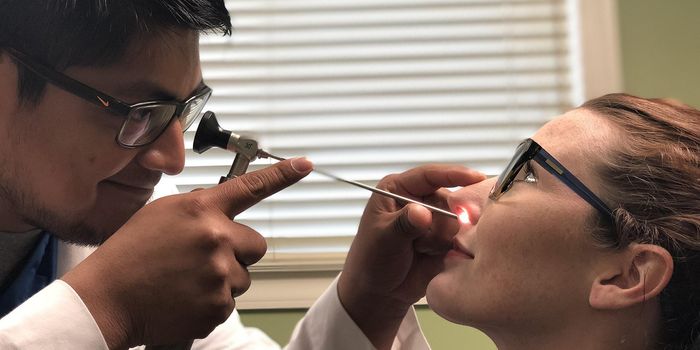Medications Used for Atrial fibrillation May Increase Falls
Falls among older adults are a growing health concern that often lead to injury, hospitalization, and other severe complications. Older adults are even at a higher risk of falling with debilitating chronic conditions and being prescribed certain drugs.
For example, atrial fibrillation—a condition characterized by the rapid contraction in one region of the heart—is most common among adults over 65 and is one of the major contributors to falling and fainting.
Learn more about atrial fibrillation:
Treatments for atrial fibrillation often include beta-blockers, certain calcium channel blockers (diltiazem, verapamil), and digoxin. Others drugs may also include amiodarone, flecainide, and propafenone. Unfortunately, these treatments increase the risk of falling among older adults but the connection to how this happens has not been studied until now
In a publication in the Journal of the American Geriatrics Society, researchers used data generated from Danish health records of atrial fibrillation patients between 65 and 100 years who were prescribed treatments. The researchers then examined those patients who had hospital admissions for falls or fainting and who suffered fall-related injuries such as varying degrees of head injuries or a fractured thigh, elbow, forearm, wrist, shoulder or upper arm, pelvis, and skull.
Results showed that patients who took amiodarone were at a significant risk of falling whether on short-term or long-term treatment and the medication digoxin held a slight association with fall-related injuries. In addition, treatments taken within the first 90 days, particularly the first two weeks, contributed to an even higher risk of injury.
"Our findings add evidence that, for older patients with atrial fibrillation, treatment with amiodarone is associated with a higher risk of fall-related injuries and fainting," stated the researchers.
Overall, the findings conclude the critical importance of health care providers weighing the pros and cons of reporting atrial fibrillation treatments to patients and the potential risk it may cause regarding their safety and patient care.
Source: Health in Aging









